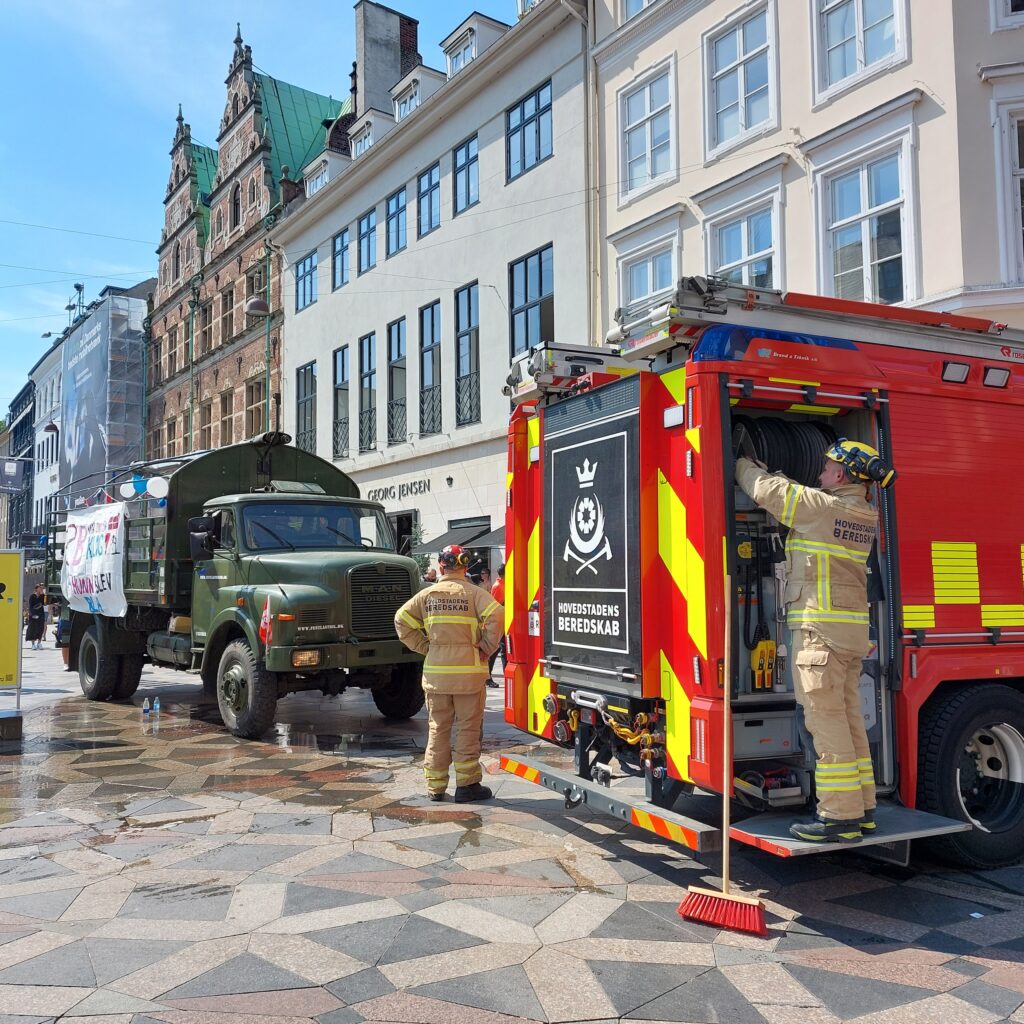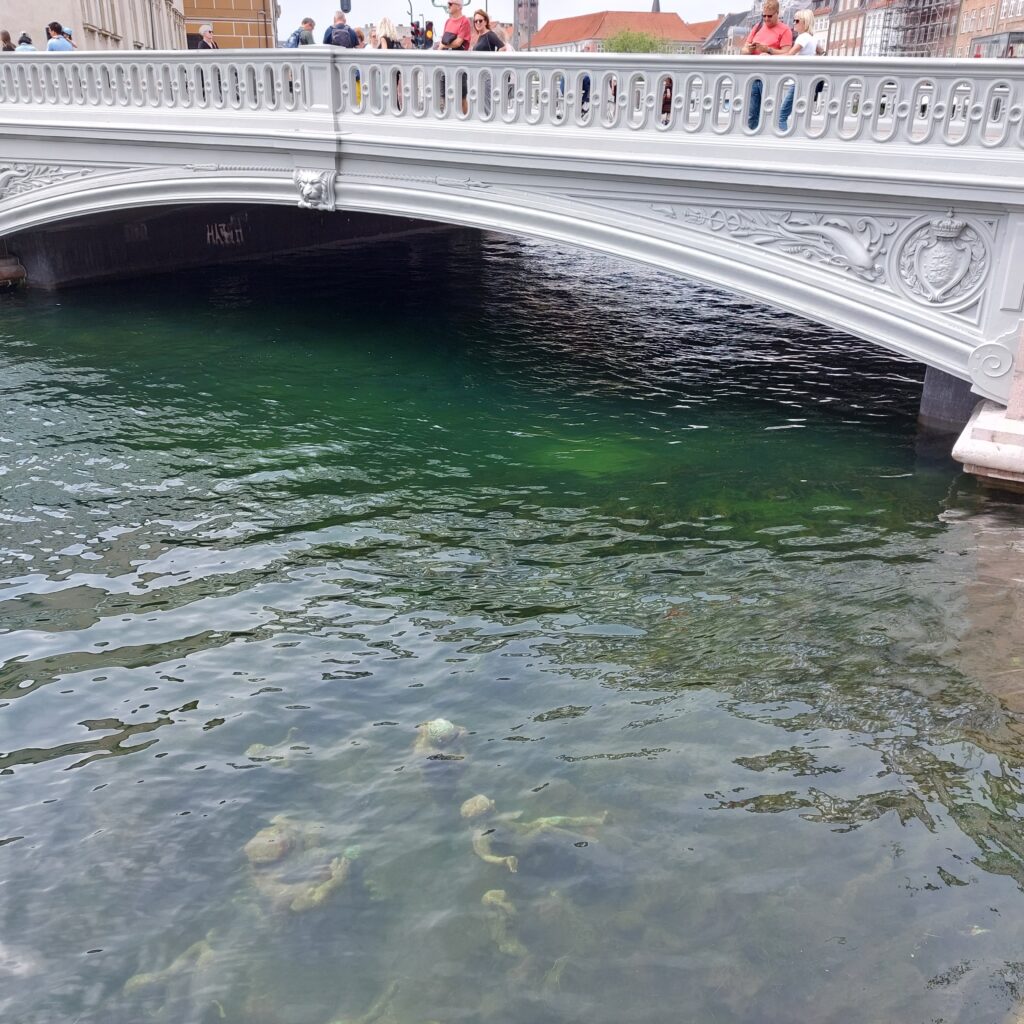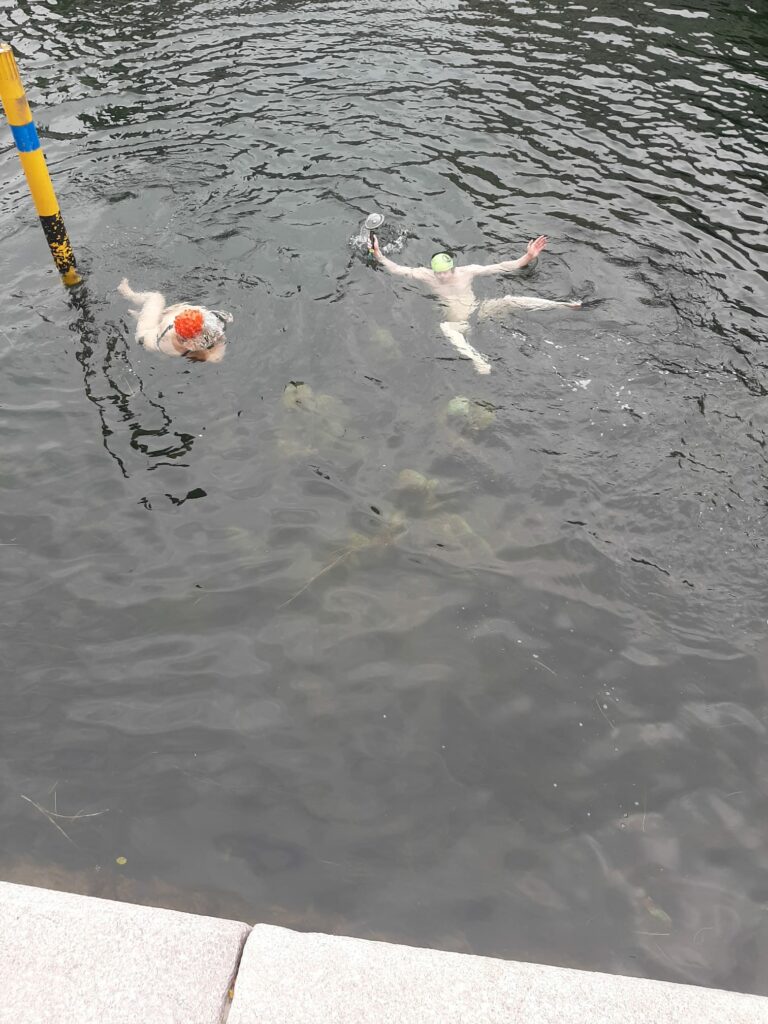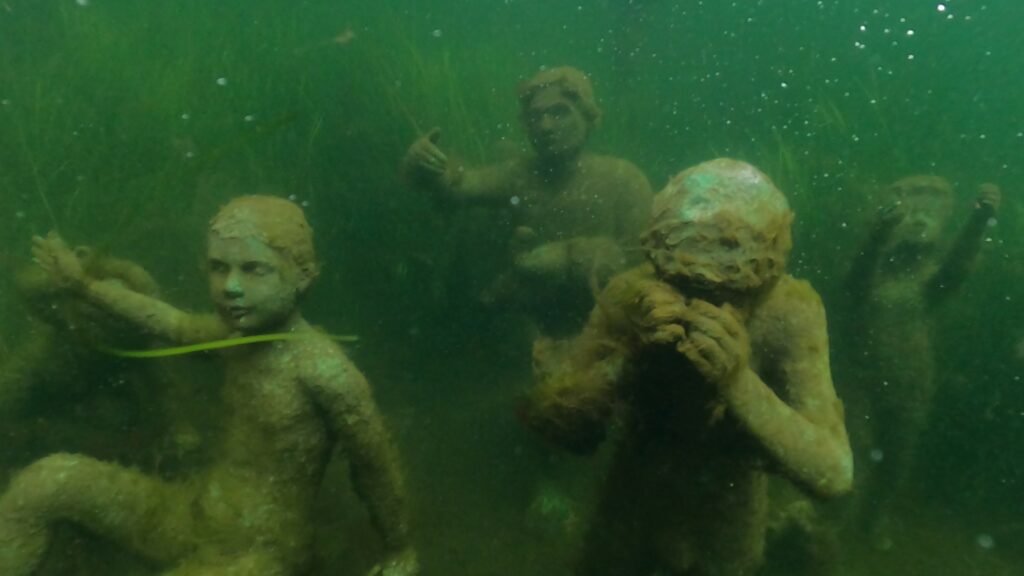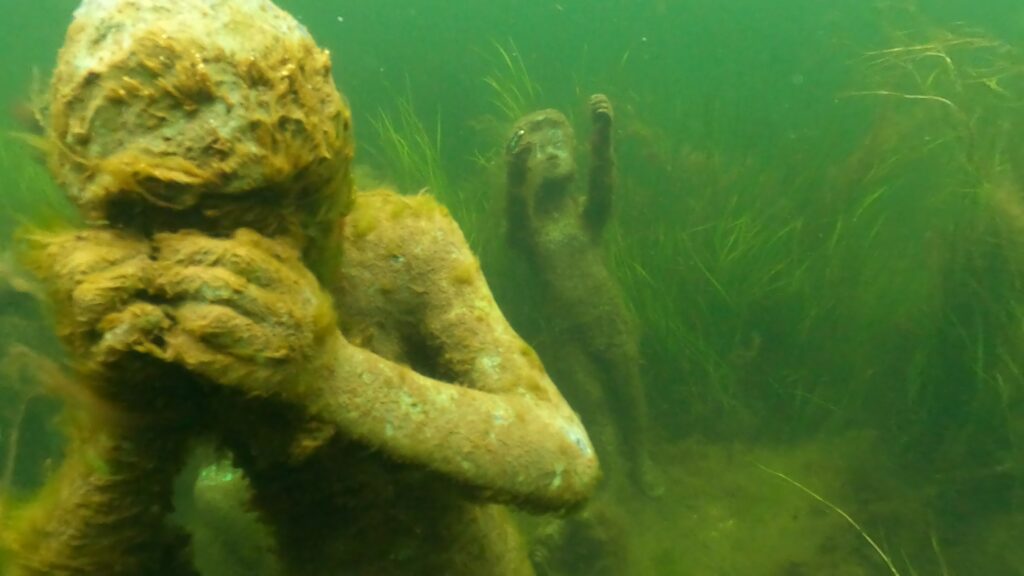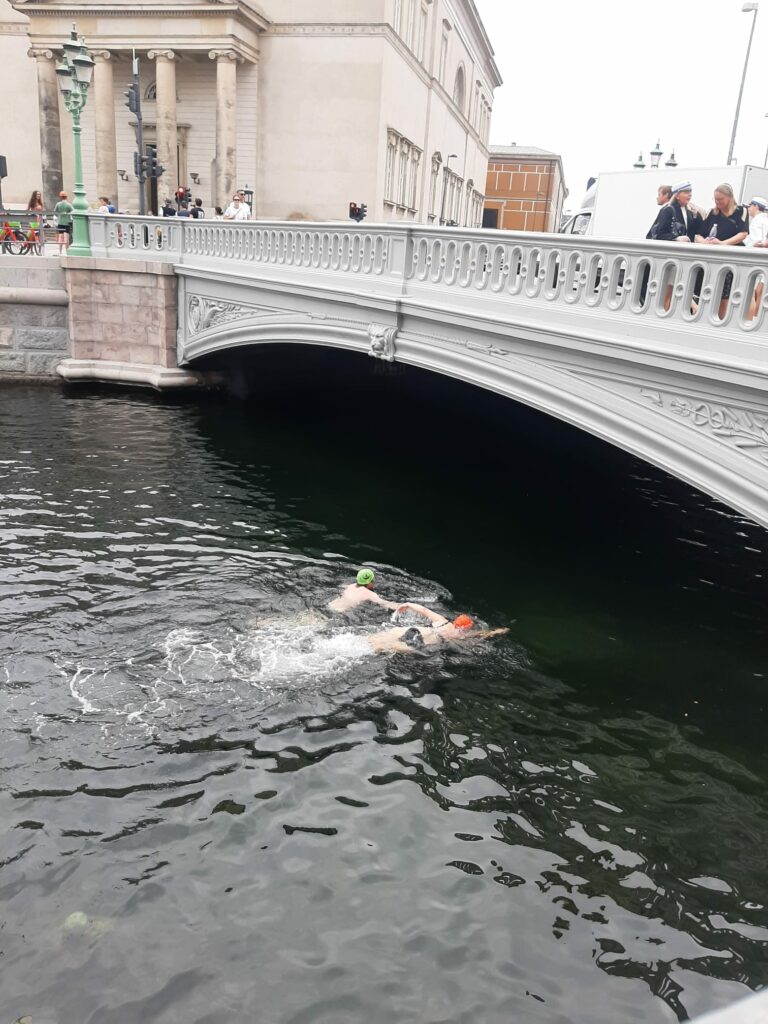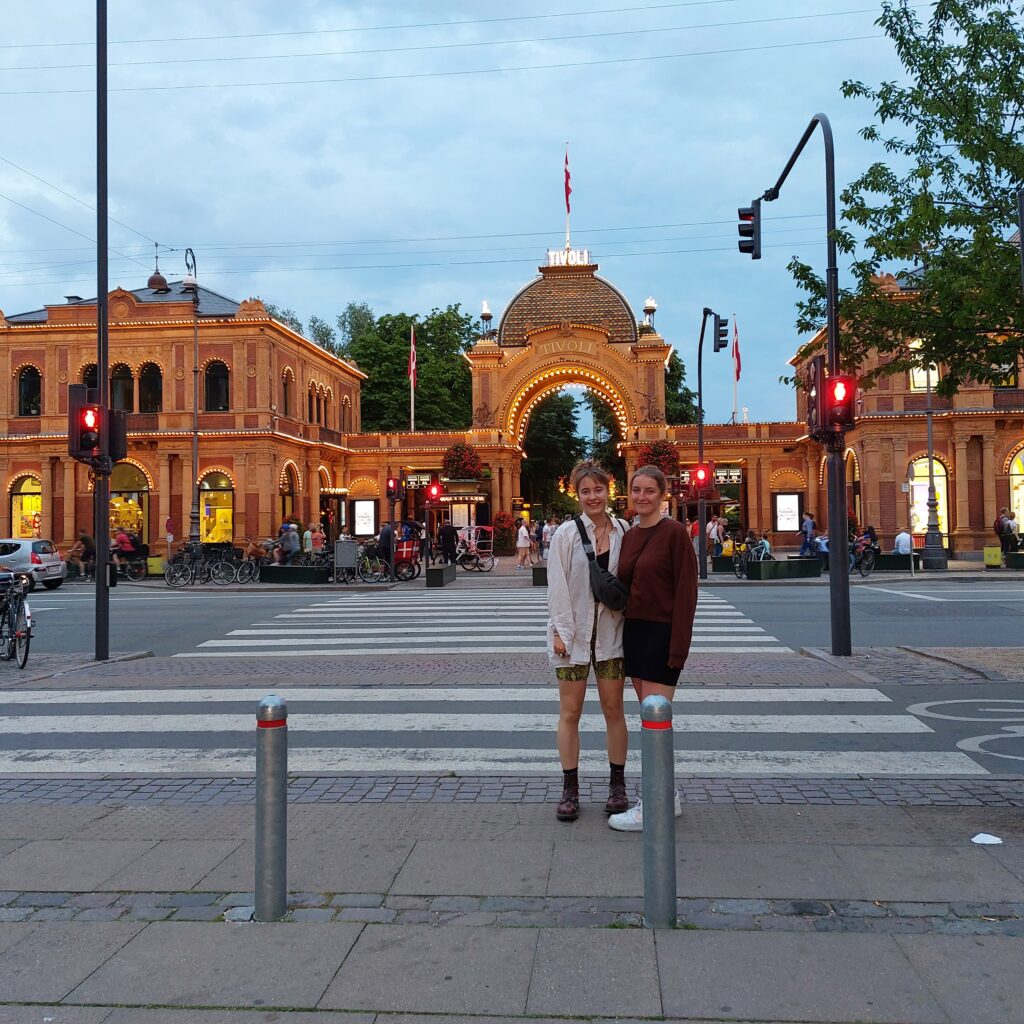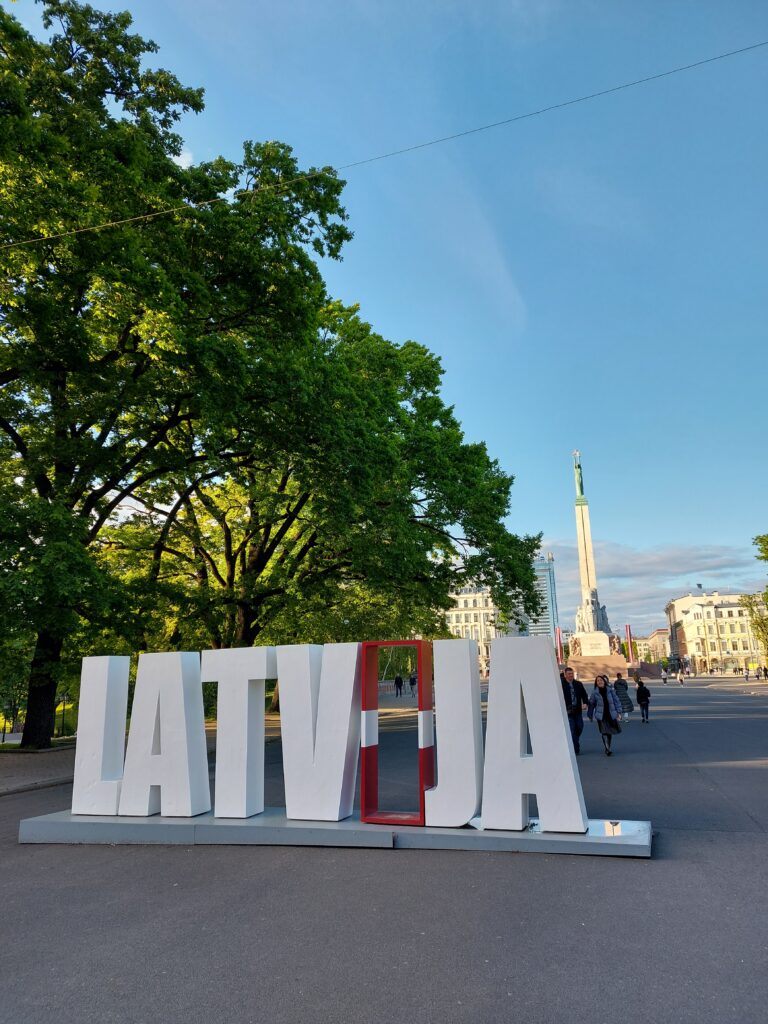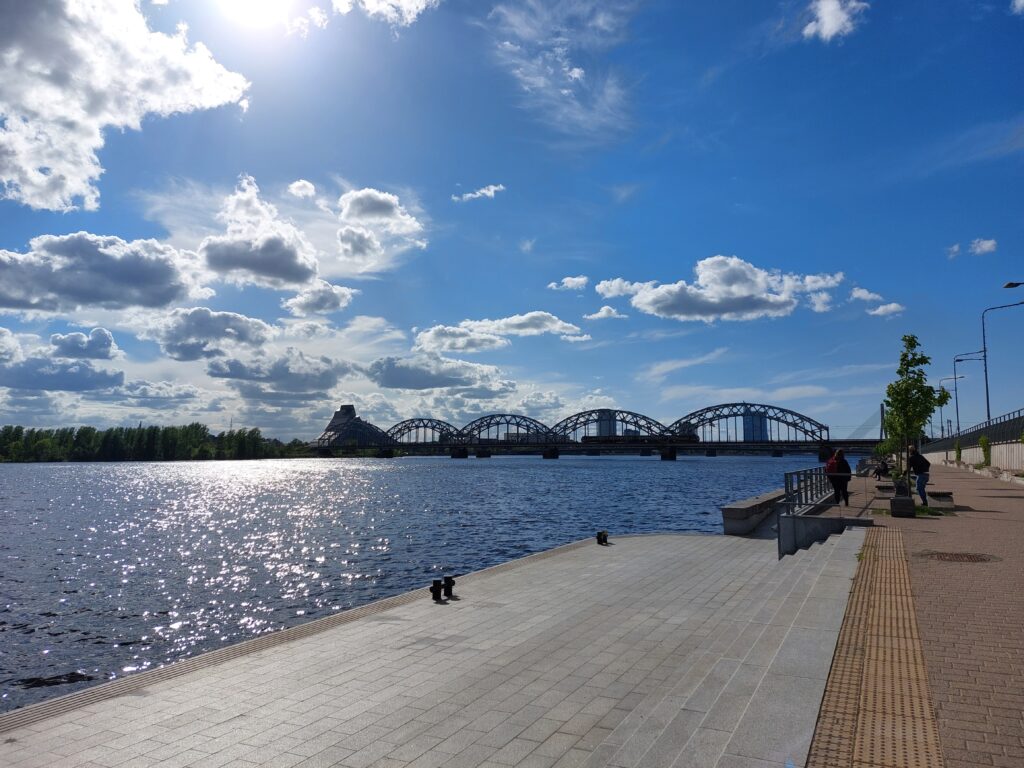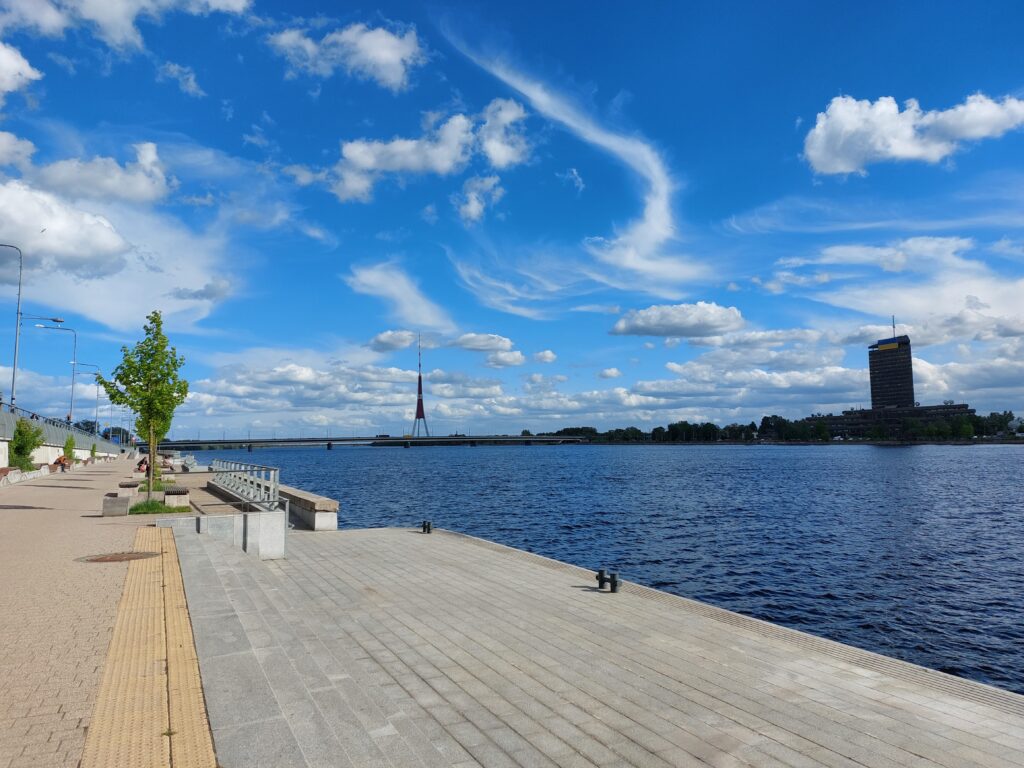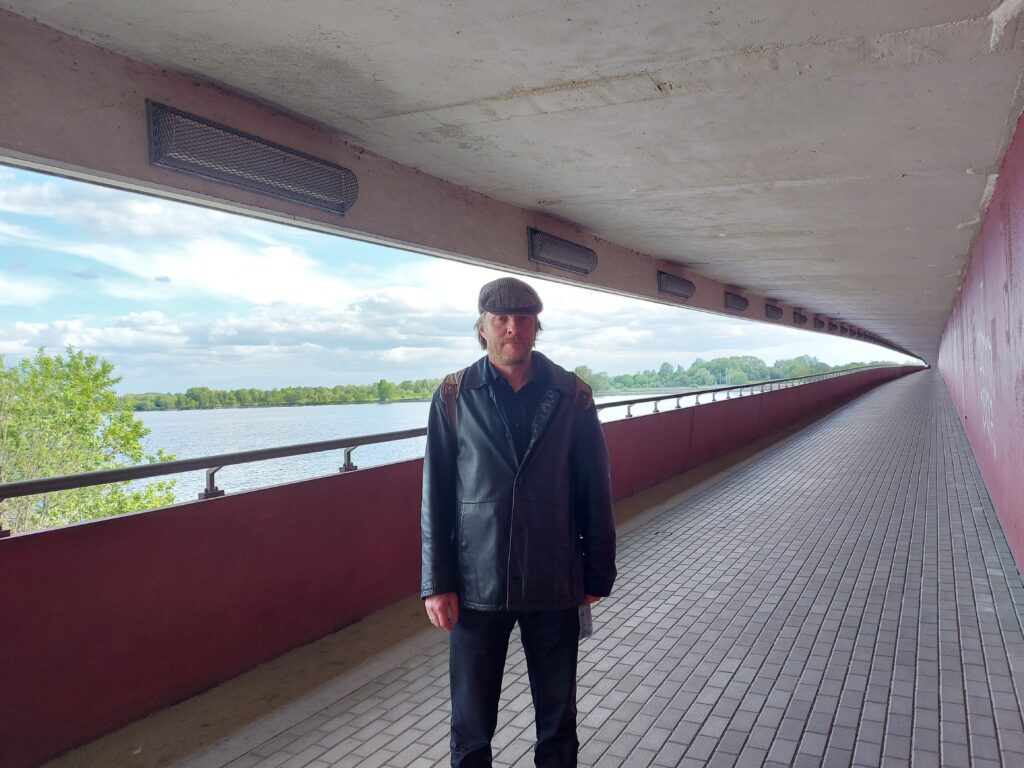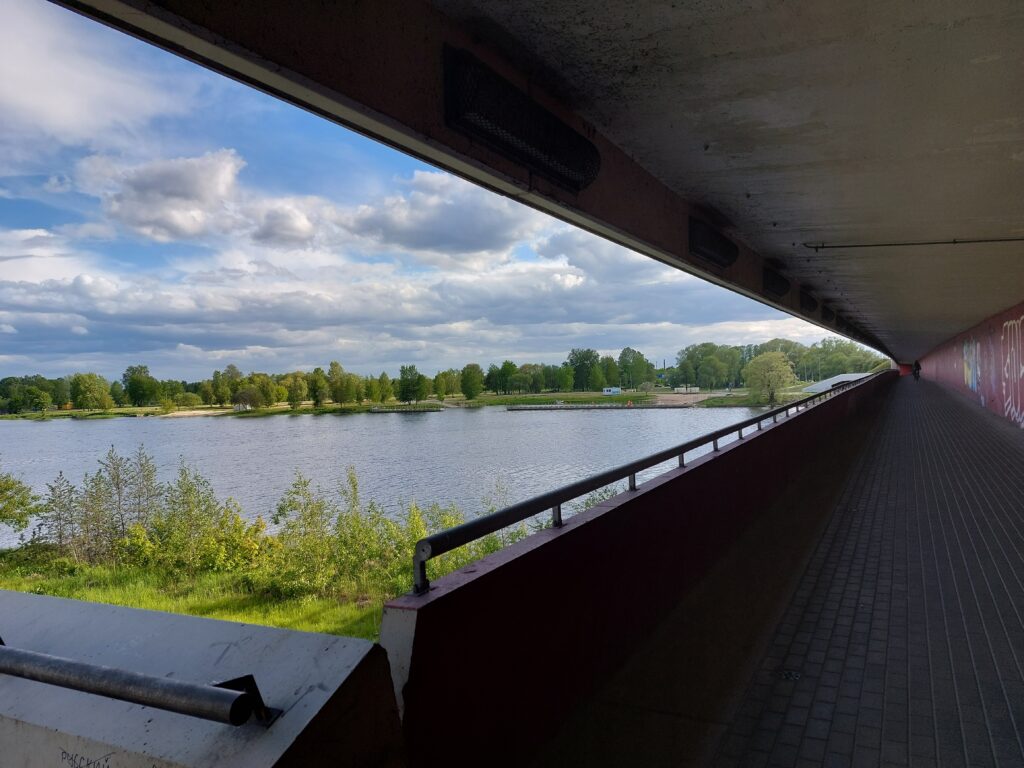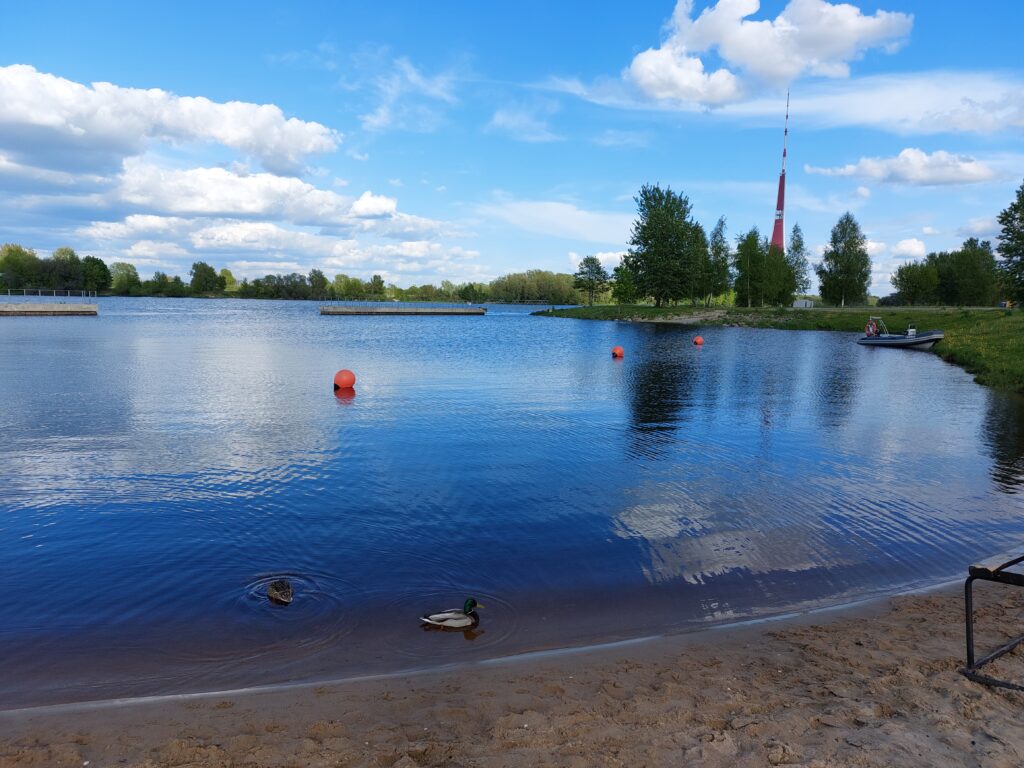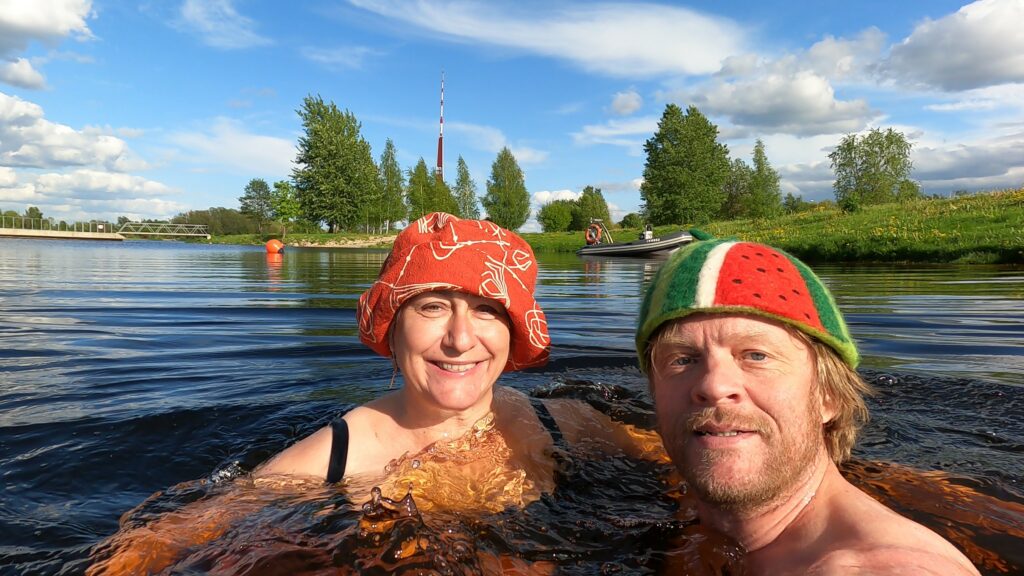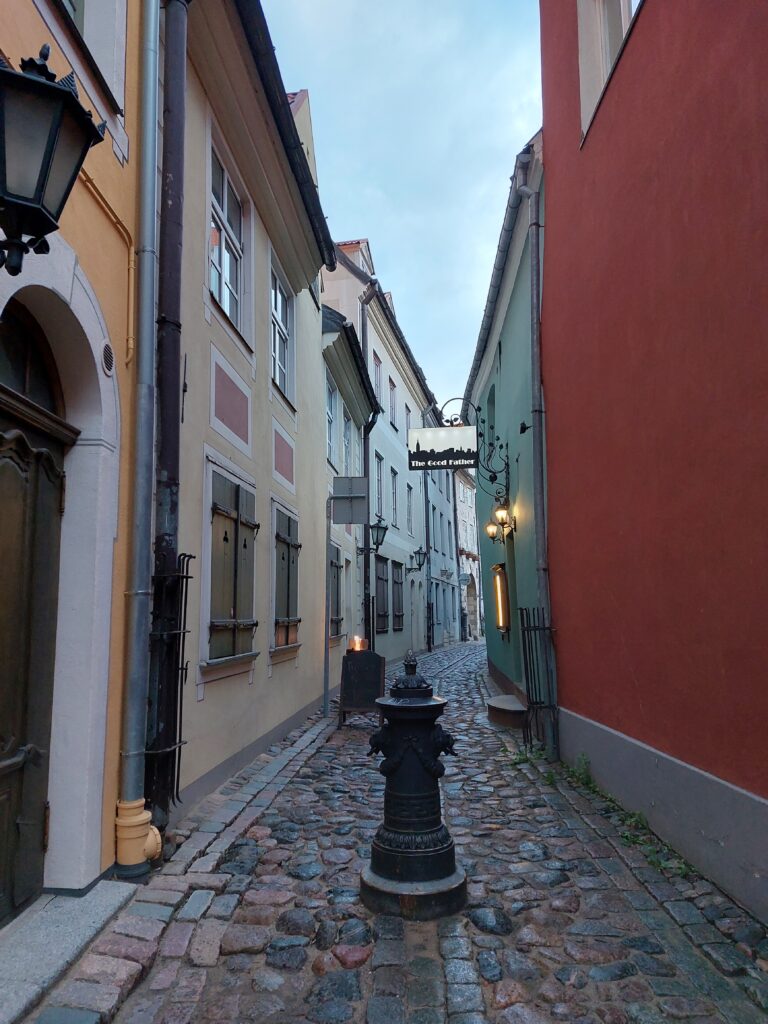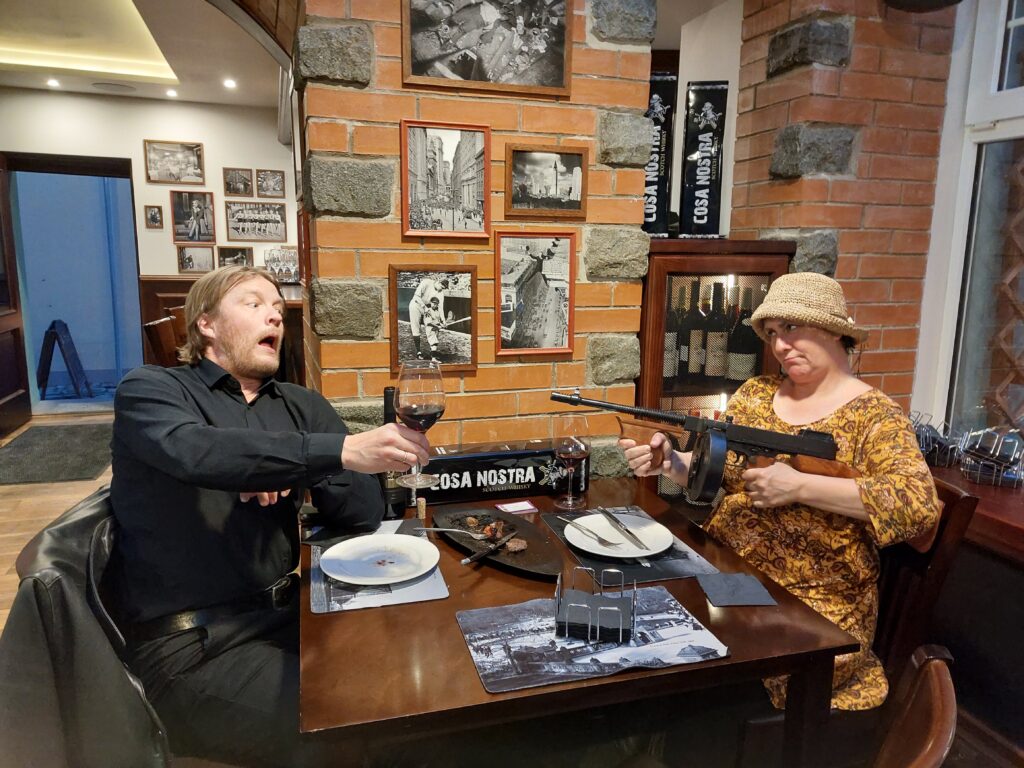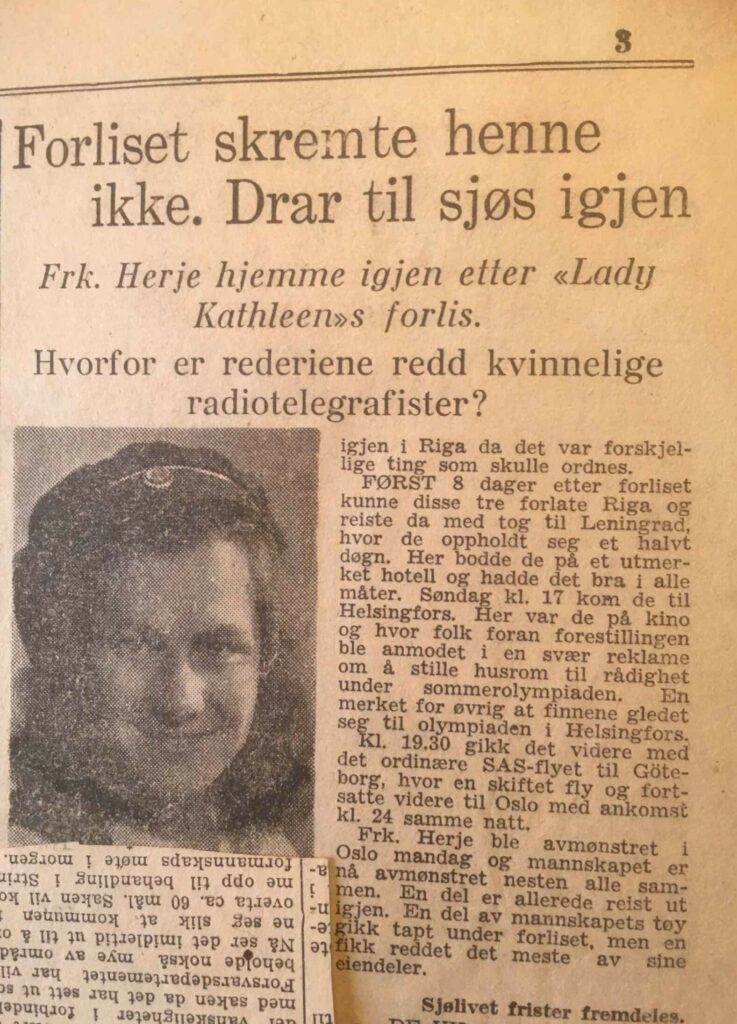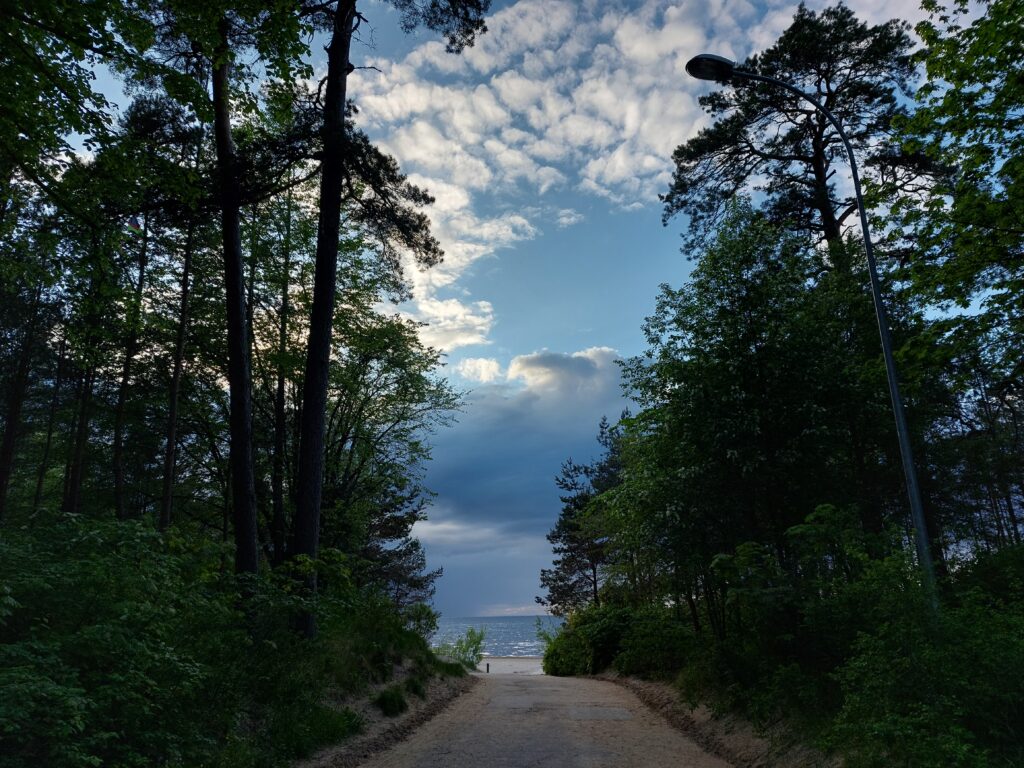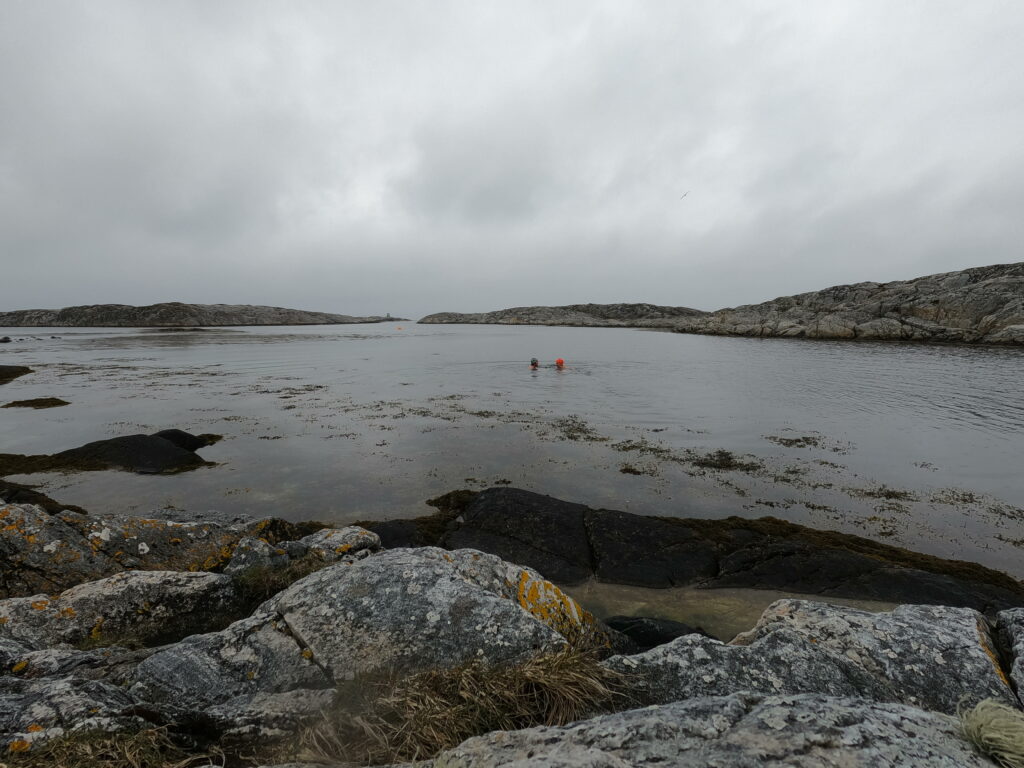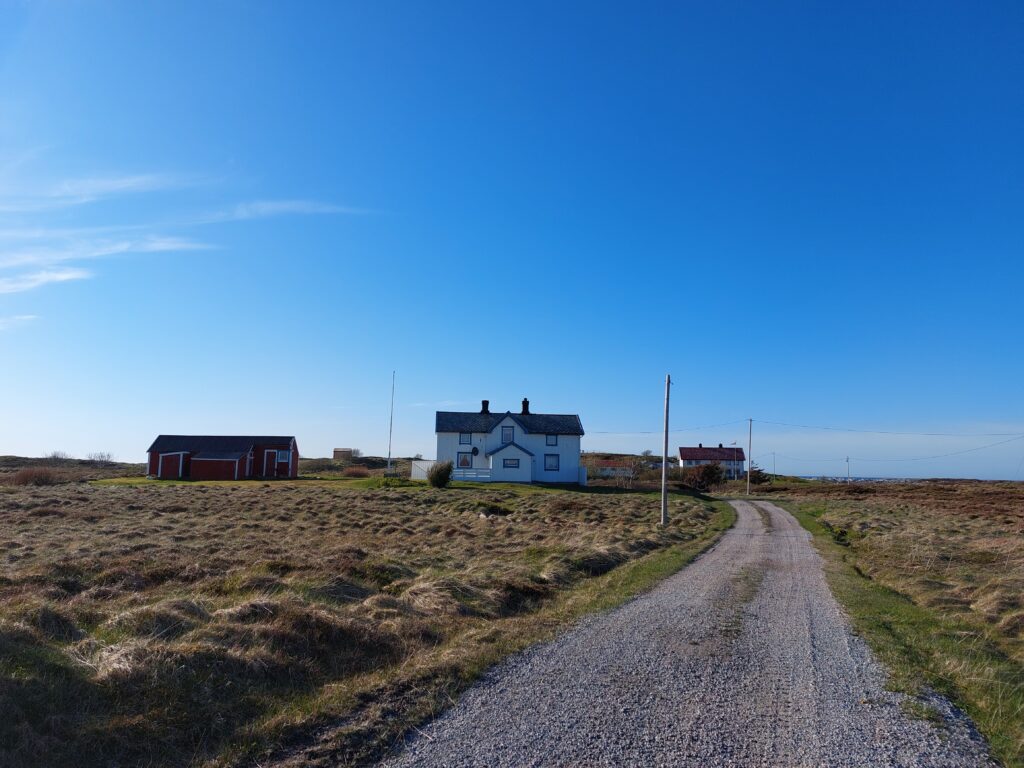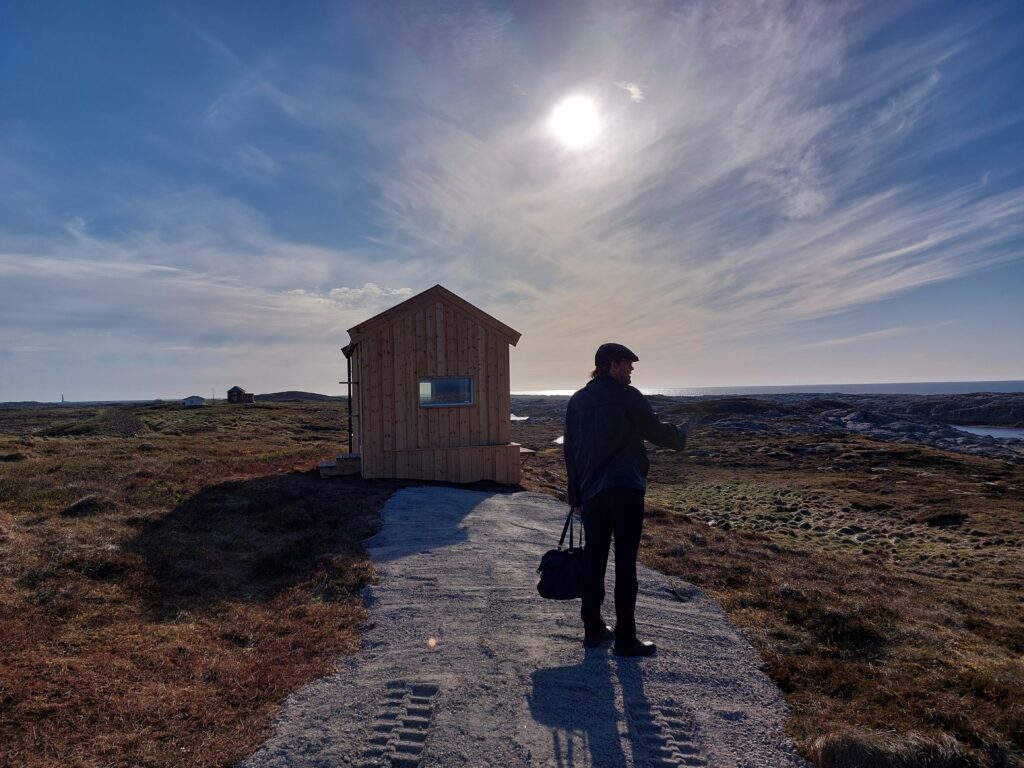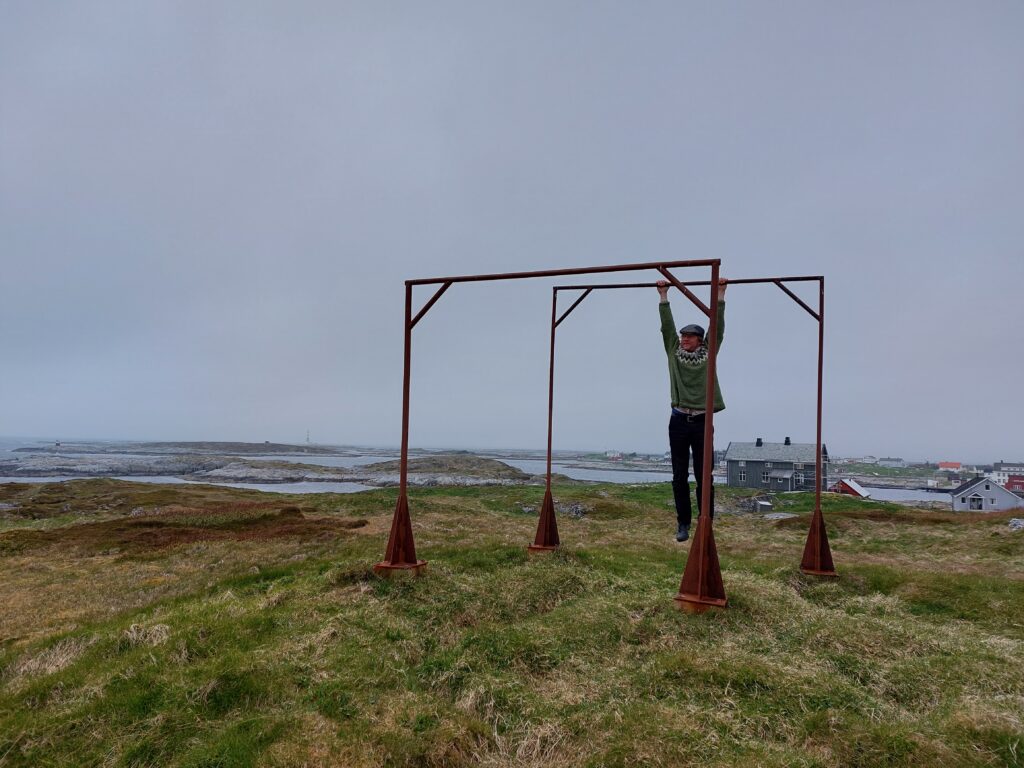After an intense search for our kind of bathing places in central Rome, we just had to capitulate. There are none, NONE! Of course there are spas and swimming pools, but no lakes, rivers or old thermes. Big disappointment. Big!

The temptations did exist, in the form of Rome’s many large and beautiful fountains with crystal clear water. Don’t do it! It is strictly prohibited, and suddenly you have got a 450 Euro fine. So we didn’t swim in the Fontana di Trevi (Fountain of the Three Roads). It is simply too expensive. And certainly you will get a troublesome and bad day with a lot of yelling.

On the other hand, it’s not very far to go from the center of Rome to have a nice swim. What about a volcanic lake? 20 km southeast of Rome there is a 36,000-year-old volcano, and inside it two collapsed magma chambers, which today appear as the lakes Nemi and Albano.

The name Albano has been much discussed and comes either from ‘alp’ = ‘high’ or from ‘alba’ which means white (the hills around the lakes consist of, among other things, light grey tuff). The volcano still emits gases, and in 1999 29 cows died of CO2 poisoning. In some places in the area, it is therefore not recommended to have bedrooms on the ground floor.

Rich people have spent their summer holidays by Lago di Albano for thousands of years. For example, Emperor Titus built a villa by Lake Albano around 100 AD. The summer here is peaceful and the air is fresh and relatively cool. On a hill above the lake lies the town of Castel Gandolfo, which has just below 9,000 inhabitants. The palace ‘Palazzo Apostolico di Castel Gandolfo’ has been the property of the Vatican since 1596, and was for many years the Pope’s summer residence. This was to the great delight of the inhabitants, as it attracted many visitors to the town. However, today’s Pope, Francis, has stated that traveling to the countryside in the summer is something the rich people do, and he is not (!) rich. So now there is put an end to this tradition, and the Castilians despair: ‘It is possible that you are not rich, but the fact that you do not come here in the summer any more, makes us poor!‘. To ease the situation, the palace has been converted into a museum, and tourists are arriving here again. But life in Castel Gandolfo is not as it used to be.

Lago di Albano experienced very varying water levels in ancient times, partly due to the CO2 production, which is known to have led to flooding at least once, as the gas lifted the water. Therefore, around 395 BC, a drain was carved out at one end – through the Albano Hill. The tunnel is 1,600 meter long, 1.2 meter wide and 2 meter high, and this is how the flooding problem was solved once and for all.

Knut’s cousin Ingrid has lived near Lake Albano for over 30 years, and she told us that the water level has been dropping steadily all these years. The ruins in the picture above were previously under water. This was the old harbour, and close by were several Roman villas.
And the bath? How was it? Great! Easy to get into the water, there is fine, grey sand on the beach, and the water is clear and fresh. Here you can both have a bath and do some swimming exercise. During the Summer Olympics in 1960, all the competitions for rowing and paddling were performed in Lake Albano. ‘The Albano Buoy System’ set a standard for lane marking which is still in use, and the buoys can be seen at the eastern end of the lake.

A swimming trip to Lago di Albano is just fine! And after? If possible – take the train back to Rome and go to a concert in Circo Massimo! We saw ‘Måneskin’ together with 70,000 others a few days before, and it was a great experience. After our Albano bath on the other hand, there was a family dinner at Knut’s cousin’s. Very good for us, but not possible for everyone of course.













